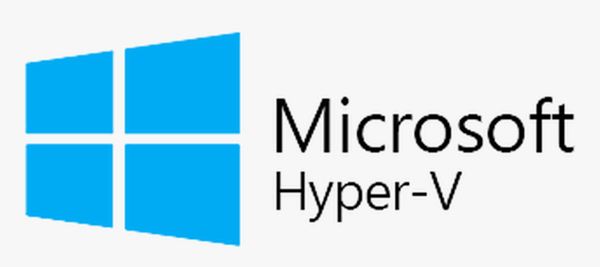The Windows user guide says Windows 11/10 supports client Hyper-V. So, what exactly is Hyper-V? Well, Hyper-V stands for Hypervisor-based virtualization. Perhaps Hyper-V was part of the earlier two versions of Windows. Microsoft now plans to integrate this service with Windows 11/10, making it part of the client operating system. Sounds interesting, doesn’t it? Yes, it does.

Let me explain to you, step by step, how it works.
Hyper-V on Windows 11/10
Introduction: Microsoft Client Hyper-V is a flexible, robust, and high-performance client virtualization technology that enables IT pros and developers to run multiple operating system instances simultaneously on their Windows computers. This lowers costs by consolidating hardware and improves efficiency through VM (Virtual Machine) compatibility with server Hyper-V. Well, Hyper-V is not only dedicated to programmers and developers—all Windows end-users can also benefit.
Installing virtualized operating systems on one PC was almost not possible on earlier client versions of Windows. Developers had to put an extra investment in setting up network infrastructure by placing an extra machine with the operating system loaded and then connecting it with LAN or Wi-Fi. All this is not required to be done in Hyper-V. You can create a virtualized operating system and a virtual network using switches thus making applications interact with a computer that is inside your very own computer, simple as that.
Read: How to install Linux Ubuntu on Hyper-V in Windows
How does Virtualization work on Windows 11/10?
Hyper-V requires a 64-bit system that has Second Level Address Translation (SLAT). SLAT is a feature present in the current generation of 64-bit processors by Intel & AMD. You’ll also need a 64-bit version of Windows 8, and at least 4GB of RAM. Hyper-V does support the creation of both 32-bit and 64-bit operating systems in Virtual Machines.
- First of all, you need to install Hyper-V from the Windows feature console on Windows 11/10. Just tick mark the Hyper-V checkbox and press Enter. Windows now reboot and Hyper-V gets installed on your PC.
- Second, you need to create a Virtual network. As usual, the Network is created using switches, so create a switch using the switch manager on the right-hand side of the Hyper-V Manager.
- Lastly, it would be best if you loaded a virtual machine to use this switch. Create a virtual machine by clicking “new” and then “virtual machine” on the right-hand side. You need an operating system ISO file to create a virtual machine. Suppose you want to have a virtual machine containing Windows 11/10—make sure you have a Windows ISO file. You will be asked to install the operating system while creating a virtual machine. At that moment, you need to load your ISO file.
In later posts, we will show you how to enable, configure and use or disable Hyper-V.
Read: Windows Sandbox cannot be installed, Virtualization support is disabled in the firmware.
“Installing virtualized operating systems on one PC was almost not possible on earlier client versions of Windows”
Do you not think this statement is a little misleading? Virtual pc has been around for 6 years and VMware for well over 10.
One of the big selling points of Windows 7 was XP Mode, itself a virtualisation if an OS on another OS.
The Sentence is absolutely correct in context using Hyper-V on Client OS. If you have used Windows Server 2008 R2 you will know it better. As far as Windows 7 goes there was Hyper-V available for Server. You where not allowed to install Virtual Windows Server on Windows 7.
Now Windows 8 has the leverage. You can do it very well on this. Perhaps it gives you more flexibility regarding memory allocation which is done dynamically. Yes Hyper-V has been part of OS for 5 years, never it has been part of Client OS and such optimized.. :)
This is very nicely explained.. i never knew about this concept .. author has done great effort it seems to bring information to one place.. i like… thanks :)
Very nice post…